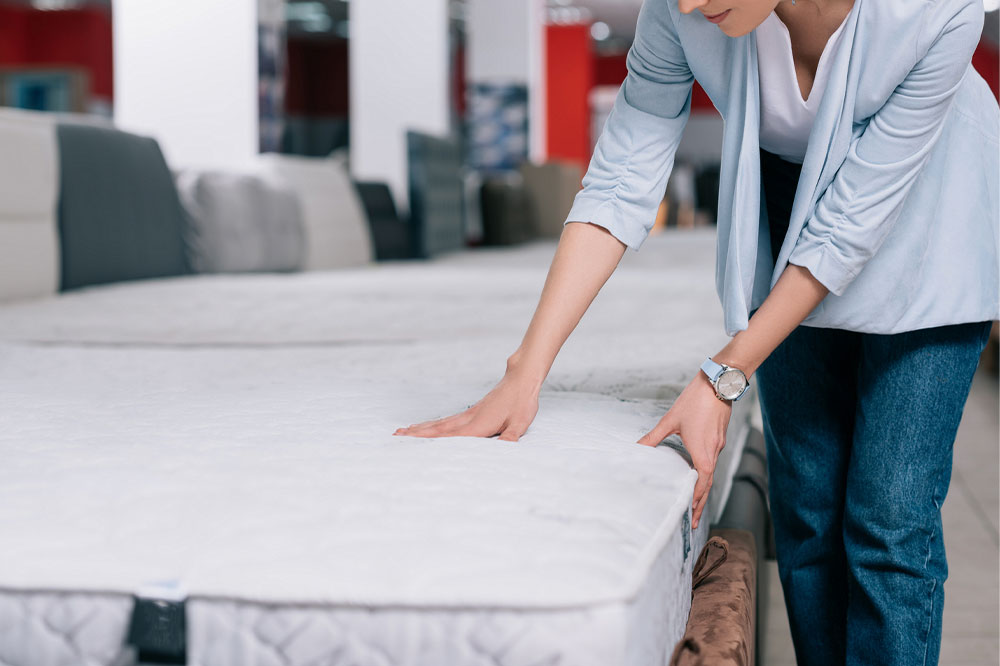5 key things to know about hair transplants

A hair transplant is a procedure in which healthy hair follicles are put onto a balding region. Often, follicles on the areas of the body with thicker hair (donor sites) are added to spots (recipient sites) on the scalp lacking hair. Undergoing the procedure is an important decision involving several discussions with an experienced health professional. Further, one should know about the following key things about hair transplants to make an informed decision:
1. Types and procedure
Learning about the step-by-step process can help one feel better prepared for the transplant. Here are the two types of transplantation methods and the steps involved under each:
Follicular unit transplantation or FUT
Here, a surgeon uses a portion (strip) of the scalp. Here are the key steps:
– Using a scalpel, the surgeon extracts the portion. One can be asleep throughout the procedure or have the scalp numbed. The portion of the scalp is usually taken from the back of the head and is about 6 to 10 inches long.
– After removing the portion, the area of the scalp is closed using stitches.
– After this, the scalp piece is divided into smaller pieces called grafts, each often containing a single strand of hair. Thus, as many as 2,000 grafts can be made from this small skin patch.
– Then, the surgeon can make small openings in the scalp to plant the hair extracted from the donor site. This step of making openings and inserting the hairs is called grafting.
– After the recipient site has all the grafts in place, the surgeon covers the region with bandages or gauze.
Follicular unit extraction or FUE
With this procedure, too, one can choose to be sedated. Here are the key steps:
– The back of the head is shaved.
– The surgeon extracts individual follicles out of the shaved portion of the scalp.
– Then, the procedure is the same as FUT. So, the follicles are inserted on the recipient site.
– The surgeon covers the site with bandages or gauze once the grafting is done.
2. Recovery process
This is an important consideration when deciding to undergo a hair transplant procedure. As this is a surgical procedure, it does involve recovery time and proper care. Here is what to expect:
– Depending on the extent of the transplantation, the surgeon can take a couple of hours to a couple of days to complete the procedure.
– Once done, one can go home on the same day.
– As this is a surgical procedure, one may experience some pain or soreness in the surgical sites. One can discuss management options with a doctor to deal with the discomfort. Further, the surgeon may offer treatments to keep the swelling down.
To know what to expect, discussing the recovery time and process with a doctor before opting for the procedure is important. Following a hair transplant, one should strictly follow the doctor’s instructions for a quick and hassle-free recovery.
3. Aftercare tips
Although one should discuss aftercare with their surgeon, some recovery tips that one can follow are:
– One should avoid washing hair for a couple of days following the surgery. Later, one can start with a mild shampoo and avoid applying products with harsh chemicals that can irritate the scalp.
– One can resume normal activities in up to 3 days. However, one should confirm this with a doctor.
– One should avoid brushing or combing the area where grafting is done.
– One should avoid exercising for the first week following the surgery.
– One should not wear hats or hoodies that may irritate the scalp for a few days until the doctor gives the go-ahead.
4. Side effects
The most common side effect of the procedure is scarring on the surgical sites. However, this is usually unavoidable. Other possible side effects of hair transplants are:
– Infection
– Crusty skin or pus around the surgical sites
– Losing sensation around the site of surgery
– Inflammation of the hair follicles
– Some bleeding around the area
– Swelling, itching, and pain in the scalp
– Losing hair even after the surgery if the hair continues to bald
5. Possible outcomes
The procedure can be preferable to treatment plans that involve taking some supplements and so on. However, the results can vary. For instance, one may witness the following outcomes:
– Like regular hair, transplanted hair can also thin over time.
– In three to four months, 10 to 80% of the transplanted hair will fully grow back.
– Dormant hair follicles may lead to less visible results. However, studies suggest that plasma therapy can also be carried out in such cases to help with hair growth.
Additionally, the procedure may not work for everyone. For instance, those who lose hair due to chemotherapy or other such treatments may not benefit from this procedure. Further, those with widespread thinning and baldness may also not be the best candidates for this transplant. Finally, the procedure may not work for those with scalp injuries that have left thick scars. So, it is crucial to extensively discuss hair transplants, their risks, and the outcomes with a doctor before opting to undergo the procedure. One should also choose an experienced and reliable surgeon for the procedure.


